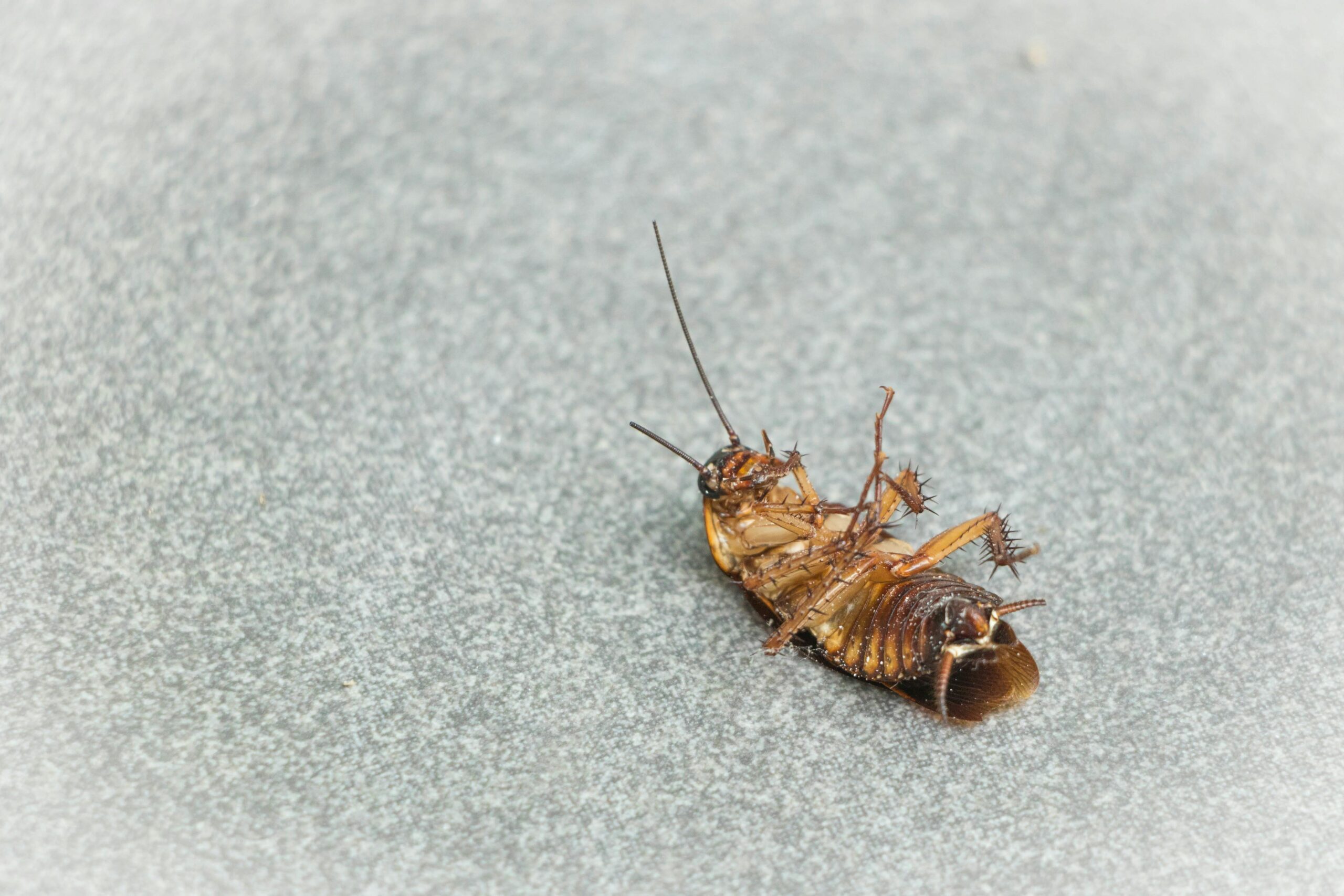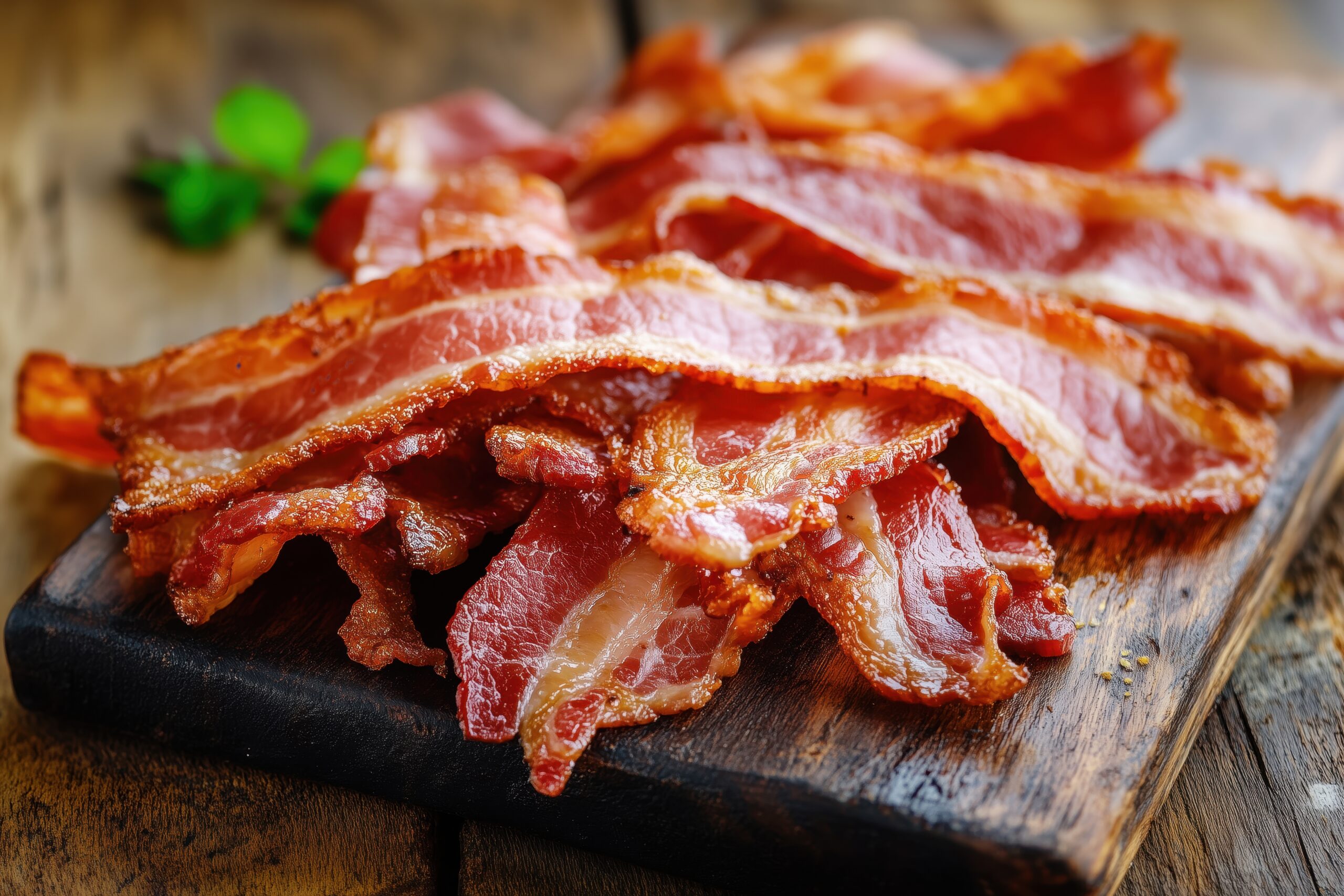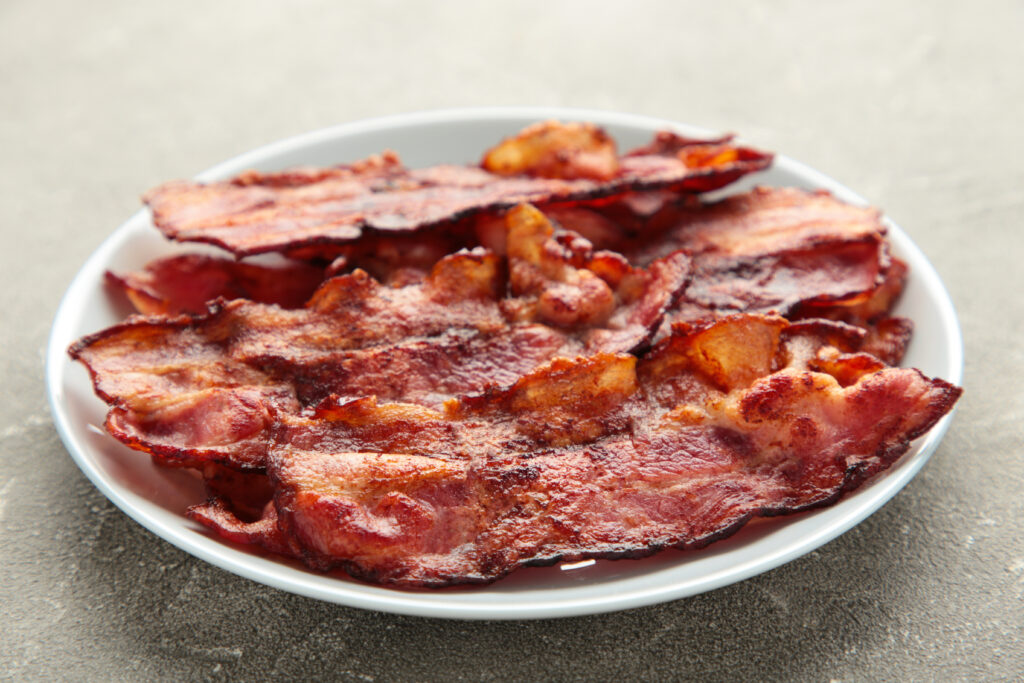What Kills Roaches Overnight: Safe Solutions for Your Home


Bacon is a beloved staple in many households, offering a savory and crispy delight that pairs well with a variety of dishes. While traditional stovetop methods can be messy and inconsistent, oven cooking bacon provides a cleaner, more reliable approach to achieve that perfect crispiness. This method is not only easy but also allows for cooking larger batches, making it ideal for family breakfasts or meal prepping. Let’s explore the essential techniques and tips for mastering oven-cooked bacon.
Oven cooking bacon is a straightforward method that requires minimal equipment and effort. The key lies in understanding the basics of temperature control and timing. Preheat your oven to 400°F (205°C) for optimal results. This temperature ensures that the bacon cooks evenly, rendering the fat properly while achieving a crispy texture.
Arrange the bacon strips in a single layer on a baking sheet lined with parchment paper or aluminum foil. This setup prevents sticking and makes cleanup easier. For even cooking, ensure that the strips do not overlap. If you have a wire rack, placing it over the baking sheet can help elevate the bacon, allowing the fat to drip away and promote extra crispiness.

For those new to oven cooking bacon, follow these step-by-step instructions for beginners to ensure success:
This beginner-friendly method provides a consistent outcome, making it ideal for those just starting their culinary journey.
For seasoned cooks seeking advanced techniques for crispiness, consider experimenting with different textures and flavors. One method involves sprinkling a small amount of brown sugar or maple syrup over the bacon before baking. This adds a caramelized sweetness that complements the savory notes of the bacon.
Another approach is to use a convection oven setting if available. The circulating air helps evenly distribute heat, resulting in a uniformly crisp texture. Additionally, flipping the bacon halfway through cooking can ensure both sides achieve the desired level of crispness.
The choice of baking sheet can significantly impact the quality of your oven-cooked bacon. Opt for a sturdy, rimmed baking sheet that can withstand high temperatures and prevent grease from spilling over. Non-stick sheets are particularly useful, as they simplify the cleanup process.
If using a wire rack, ensure it fits snugly within the baking sheet and is oven-safe. This setup allows air to circulate around the bacon, promoting even cooking and enhancing crispiness. Investing in quality cookware not only improves results but also extends the lifespan of your kitchen tools.
The cook time for oven-cooked bacon varies based on the thickness of the slices and personal preference for doneness. Here are some general guidelines:
Monitor the bacon closely during the final minutes of cooking to prevent overcooking, as ovens can vary in temperature accuracy. Adjust the timing according to your taste preferences.
Handling bacon grease effectively is crucial for maintaining a clean kitchen and minimizing waste. Once you’ve removed the bacon from the oven, allow the grease to cool slightly before handling. Carefully lift the parchment paper or foil to funnel the grease into a heat-resistant container for storage.
Bacon grease can be reused as a flavorful cooking fat for sautéing vegetables or frying eggs. If you choose to dispose of it, avoid pouring it down the drain, as it can solidify and cause plumbing issues. Instead, let it solidify in the container and discard it in the trash.
Oven cooking bacon is perfect for preparing large quantities at once, making it an excellent option for meal prep. Once cooked, bacon can be stored in an airtight container in the refrigerator for up to a week. It can also be frozen for longer storage, ensuring you always have some on hand for quick meals.
Incorporate cooked bacon into various dishes, such as salads, sandwiches, and breakfast burritos. Chopped bacon can enhance the flavor of soups and casseroles, providing a smoky, savory depth. By preparing bacon in bulk, you save time and add convenience to your meal planning.
Even with a straightforward method like oven cooking, issues can arise. If your bacon turns out too greasy, consider using a wire rack to elevate the strips. This allows the fat to drip away, resulting in a leaner product.
If the bacon is cooking unevenly, ensure that your oven is properly calibrated. Hot spots can cause one side of the bacon to cook faster than the other. Rotating the pan halfway through the cooking process can help mitigate this issue.
Oven-cooked bacon is versatile and complements a wide range of dishes. For a classic breakfast, serve it alongside eggs, pancakes, or waffles. Incorporate it into a BLT sandwich for a satisfying lunch, or crumble it over a Caesar salad for added texture and flavor.
For a creative twist, pair bacon with sweet elements like maple syrup or fruit preserves. The combination of sweet and savory can elevate your meal and provide a delightful culinary experience.
Bacon is often enjoyed as a treat rather than a dietary staple due to its high fat and sodium content. While it is a source of protein, moderation is key to incorporating it into a balanced diet. Consider choosing nitrate-free or reduced-sodium options to make a healthier choice.
Pair bacon with nutrient-dense foods like vegetables and whole grains to create a more balanced meal. By doing so, you can enjoy the delicious taste of bacon while maintaining a mindful approach to nutrition.